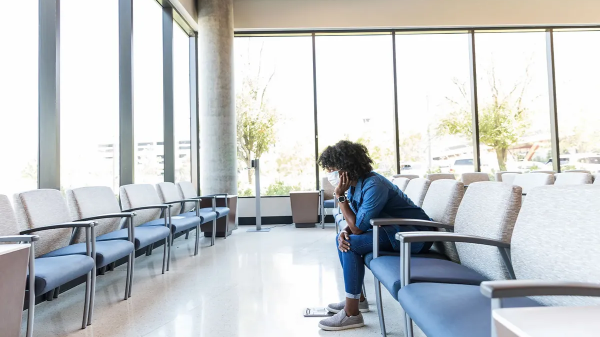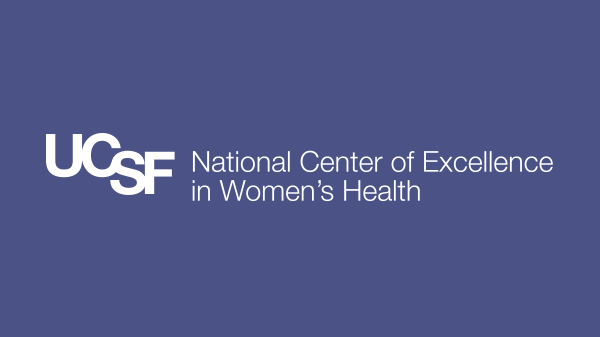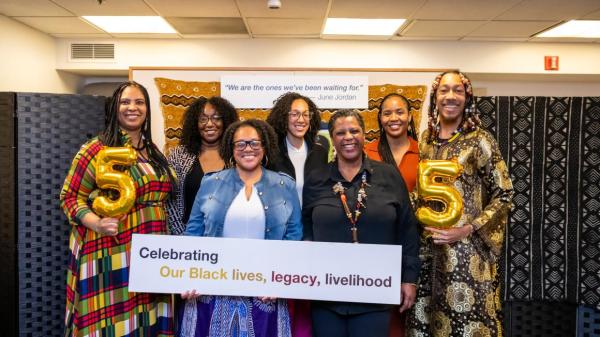By Milenko Martinovich
The use of telehealth, sharing medical information and communicating electronically, has increased dramatically in the wake of the COVID-19 pandemic.
Researchers at UCSF were examining telehealth long before the pandemic and their work has produced important findings that has taken on heightened relevancy as sheltering in place continues in many regions.
“It enables connections between providers and patients when it might have been difficult for patients to get to the doctor,” said Sara Ackerman, an associate professor at the UCSF School of Nursing. “It really helps increase access. We’re seeing, in the midst of this pandemic, that the immediate ramp-up and expansion of telehealth has been essential.”
Clinician-to-Clinician Telehealth
While it has been known that telehealth use among clinicians maximizes care, allowing them to share and evaluate patients’ electronic health records and request specialty consultations virtually, what hasn’t been studied on a large scale is whether patients are satisfied with the resulting care.
Sara Ackerman, along with Nat Gleason, an associate professor at the UCSF School of Medicine, and Scott Shipman, Director of Clinical Innovations at the American Association of Medical Colleges, compared satisfaction rates between patients referred by their primary care provider (PCP) for an in-person office visit with a specialist to those whose PCP sought input from a specialist via electronic consultation (eConsult) from March to November 2016. Their results were published this year in the Journal of General Internal Medicine.
So, what is an eConsult? Let’s say a primary care clinician at UCSF Health sees a patient with an unusual skin rash and is uncertain how to treat it. Using UCSF Health’s electronic health record, APEX, the clinician seeks guidance from an on-call dermatologist. In addition to the clinician’s written notes, the dermatologist has access to that patient’s electronic health record, including photos and other information, and makes a recommendation within 72 hours. The rapid specialist input allows the care to remain with the PCP, maintaining continuity and saves the patient from the time and many associated costs of a specialty visit.
The researchers received survey responses from more than 8,000 adults who were referred for specialty consultations. The patients were from nine major academic centers, including UC Health’s five campuses (UCSF, UC San Diego, UC Irvine, UC Davis and UCLA), and their medical conditions were not urgent or life-threatening.
Satisfaction in key areas between eConsult patients and in-person referral patients was nearly identical. For overall satisfaction with the specialist’s recommendations, 81.4 percent of eConsult patients and 81.9 percent of in-person referral patients were either satisfied or very satisfied. On whether the specialist’s recommendations were explained clearly, 97.1 percent of eConsult patients and 95.2 percent of in-person referral patients agreed.
A key factor in those results involved a patient’s trust in their primary care provider — one of the assumptions eConsult was built on. The study found that “patients with high PCP (primary care provider) trust were more likely to be satisfied with the specialist’s recommendations.”
Even more encouraging was the openness of patients to experiment with telehealth. If presented with a similar problem in the future, about 1 in 3 in-person referral patients said they would prefer an eConsult.
While the vast majority of patients were satisfied with their care, more than half of eConsult patients were unaware that their case had been referred. This may be because some primary care providers do not discuss eConsult with a patient unless the specialist’s response indicates a change in clinical management or a need for in-person specialty care. Another reason, the researchers speculated, was that patients considered consultation between clinicians to be a routine part of care and therefore not noteworthy. Those feelings changed when Ackerman conducted focus groups with some of these patients in a complementary study, and asked about being charged for eConsults.
“When asked about a hypothetical co-pay, their perspective shifted,” Ackerman said. “The financial part is important. We heard responses like: ‘If I’m going to pay for it, you’d better tell me it’s going to happen.’ That’s one thing to be mindful of as telehealth expands.”
Ackerman said telehealth should increase access to health care providers, but she fears those who would benefit most — individuals from rural and underserved communities — are more likely to encounter financial and technological barriers.
“I’m concerned it may end up disproportionately benefitting higher income, higher digital literacy populations,” Ackerman said. “Not necessarily because of bias by clinicians, but due to systemic inequities that have been brought into stark relief by the pandemic.”
Learning as They Went
Implementing telehealth at health care facilities like UCSF’s Young Women’s Program was challenging when the pandemic struck.
Andrea Kuster, an assistant clinical professor at the School of Nursing and director of the Young Women’s Program, said the clinic’s team learned as they went. They sought advice from partners with telehealth experience and used educational tools, including a webinar developed by School of Nursing associate professor Deborah Johnson, in the hopes of mirroring the in-person experience virtually.
During an in-person visit at the clinic, where School of Nursing family nurse practitioner students gain OB/GYN clinical experience, a student meets Andrea Kuster with a patient and then presents the case to their preceptor, who confirms findings and answers any questions the patient may have. After the patient leaves, the student and preceptor debrief. The clinic’s team was able to replicate all those steps through a telehealth visit.
The team also engineered strategies to improve communication. For example, during an in-person visit, students can personally hand off a patient to the team social worker or registered dietitian if needed. During a telehealth visit, students can alert those clinicians via text message or by flagging the schedule in the electronic health record that their patients are ready to be contacted.
Ironically, the shift to telehealth has reinforced the importance of a basic method of learning about a patient’s health: talking to them. Without the ability to perform full physical examinations — although some were possible through observation of the patient and asking the patient to complete some physical exam maneuvers — a greater emphasis was placed on gathering a patient’s history through conversation and reviewing the medical record. Focusing on the history is often the most important part of a patient’s visit, Kuster said.
“The physical exam is a relatively small source of data,” Kuster said. “We spend a lot of time training students on physical exams, which is important, but the [patient’s] history really carries it in a lot of cases.
“Students have brought up how this experience has taught them how important talking to a patient is. So much of the telehealth visit still relies on a lot of the skills that are really important to be a good clinician, including communication and interaction with the patient.”




